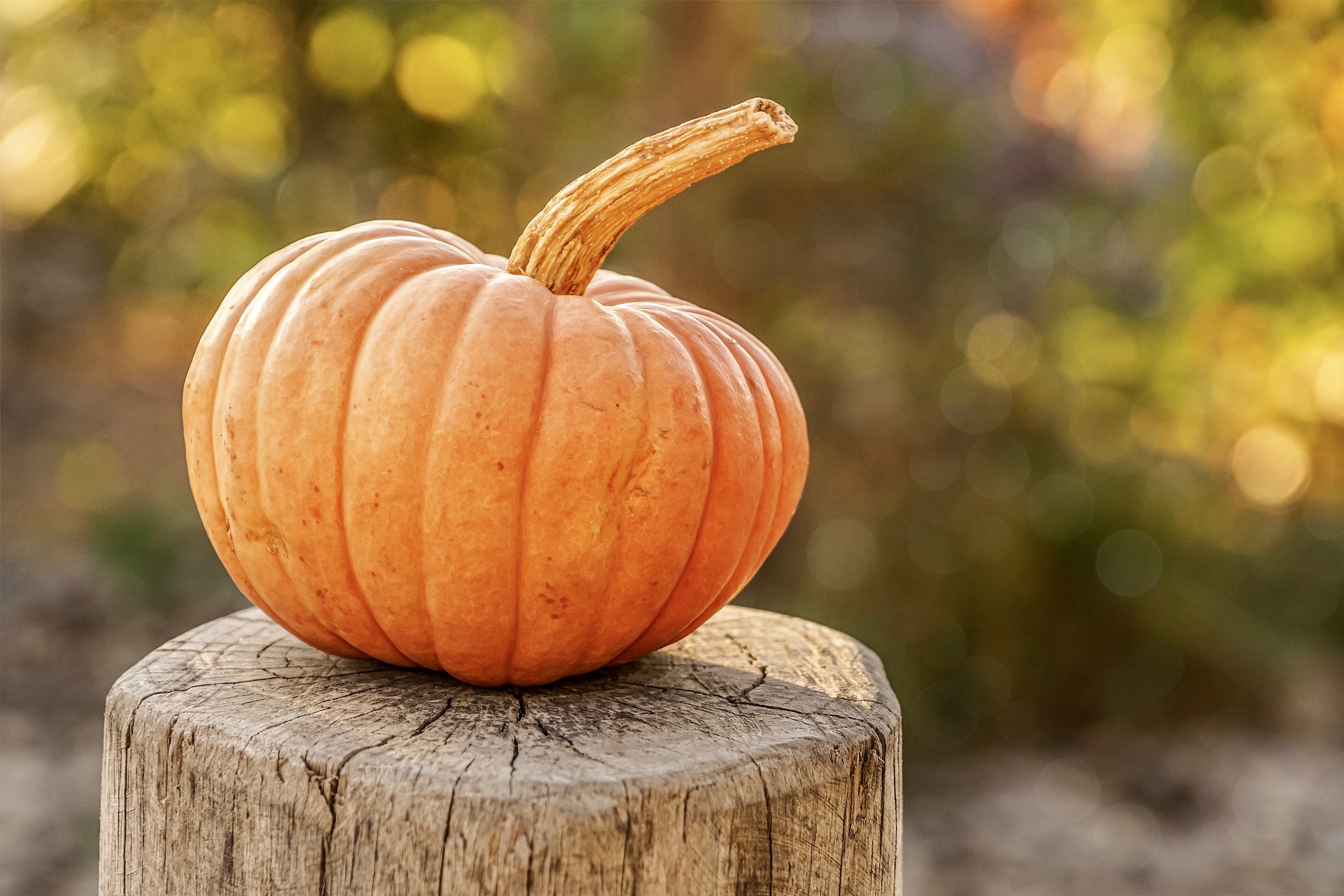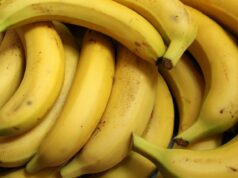
Pumpkins are largely divided into Eastern, Western, and Alveolar varieties, and Eastern pumpkins are further divided into Zucchini and Pumpkin. A typical Western pumpkin is sweet pumpkin. Pumpkin, which is in season in autumn, is often called an autumn medicine. The deep yellow color of amber is due to its carotenoid pigment content.
When these carotenoids are absorbed into the body, they are converted to vitamin A, which improves immune function. In addition, pumpkin has excellent diuretic properties, so it has been widely used for postpartum edema and edema caused by diabetes. Pumpkin seeds left after squash are rich in protein and fat, and are rich in lecithin and essential amino acids, which help brain development.
Roasted pumpkin makes a great nutritious snack. Pumpkin is a cucurbit, native to tropical and South America, and its large, yellow fruit when ripe. Also called Mallard Pumpkin or Millstone Pumpkin, it is an oriental winter pumpkin.
Pumpkins should be of a large size, and the skin should be dark pale yellow, hard, shiny, and covered with a lot of white powder. Yellow foods such as pumpkin contain a component called carotenoids and are rich in vitamin C, minerals such as calcium, potassium, iron and magnesium, and lecithin. Today, I prepared a post on the efficacy of pumpkin.
1. Improving immunity
Pumpkin is rich in beta-carotene. As the pumpkin matures and ages, it turns yellow and turns into amber. Beta-carotene, which is yellow in color, has an antioxidant effect and is excellent in enhancing immunity. In addition, it contains abundant vitamin C, which improves resistance to various diseases and helps to quickly relieve fatigue.
2. Relief of edema
Pumpkin is rich in carotene, vitamin A, vitamin C, potassium, and lecithin, and has excellent diuretic and detoxifying properties. Pumpkins come back after giving birth to a baby and drink a lot of nets. Traditionally, pumpkin has excellent diuretic properties, so it is a representative effect that many people do not know that it is effective in removing swelling. It is helpful for convalescent patients, people with weak stomach, the elderly, and mothers. Pumpkin is a water-rich vegetable that also helps detoxification.
3. Diet
Pumpkin is 27kcal per 100g, which is quite low in calories and contains a lot of dietary fiber. In addition, it is rich in dietary fiber, which expels wastes from the body and promotes bowel movements, which helps to prevent constipation and relieve symptoms.
4. Adult disease prevention and anticancer effect
The rich dietary fiber in pumpkin helps to remove cholesterol and helps blood circulation by cleaning blood vessels. It helps to prevent high blood pressure and various vascular diseases, and beta-carotene, which has an antioxidant effect, removes harmful free radicals from the body. Old pumpkin is helpful in cancer prevention, such as preventing cancer cell growth and metastasis. According to the National Cancer Institute of the United States, consuming about one cup of old pumpkin a day regularly reduces the risk of lung cancer by half, which is effective in preventing lung cancer.
5. Eye protection
Pumpkin is rich in vitamin A. Vitamin A is a representative nutrient that helps eye health, helps to protect eyesight, and is effective in preventing eye aging and eye diseases such as dry eye syndrome and night blindness. Pumpkin also helps prevent respiratory diseases, skin beautification, stomach ulcers, colds, and insomnia.
Pumpkin Recipe
1. Woorim Tea A tea made with only pumpkin, ginger and cinnamon. The amount of ginger and cinnamon can be adjusted according to the taste of the drinker. Pumpkin boiled water can be consumed 1:1 with warm water, and if you want to drink a little thicker, you can add less water. It is good to eat pumpkin rain forest tea with nuts such as dates and pine nuts. Once made, it can be refrigerated and eaten for up to two weeks.
2. Stewed tea This is a tea made by simmering pumpkin with only brown sugar without adding water. Usually, add 2 tablespoons of boiled pumpkin to a cup of hot water and mix and drink. When making zucchini, if you increase the amount of sugar, it becomes jam-like, and zucchini that has become jam-like is delicious when spread on bread, etc. Pumpkin latte is made by adding zucchini to warm milk and drinking it.
3. Powdered tea Pumpkin tea is made from pumpkin powder and consumed frequently. You can drink by adding about 1 tablespoon of old pumpkin powder to a cup of hot water. Pour a little water and make a thick old pumpkin powder, and eat it as a breakfast substitute. Old pumpkin powder can also be eaten in addition to tea, added to pancakes, namulchim, and fried rice.

































